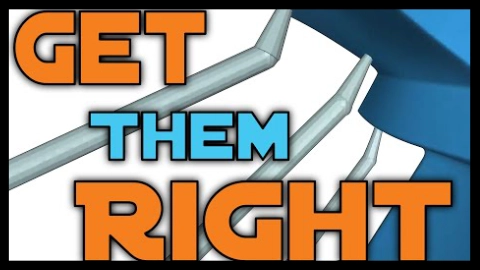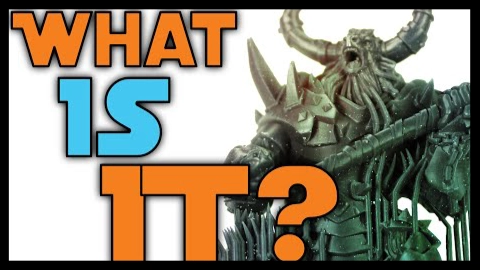When does learning become Plagiarizing?
For any artist to acquire the skills needed to create quality artwork there is a period of time when they must learn from those around them. The information in this article is my personal opinion on the matter and does not reflect any legal advice on plagiarizing itself. It is during this learning process that most begin looking and attempting to mimic what they like in an effort to become better but when does this cross the line and become plagiarizing?
As a general rule most artists did at some point copy and mimic from those they admired and this is fine so long as credit is always given to the original artist. If you trace and copy another person’s work I always recommend that you do so in a separate sketchbook dedicated for that one purpose. The main reason being that should you wish to show your work to someone else you do not want to show copied or traced artwork. In a portfolio type sketchbook you can include animal and people studies but these are more widely accepted because the reference material comes from live photography and becomes an interpretive piece. If at all possible however I always recommend citing your sources since this will avoid any issues that may arise.
The real problems with plagiarizing arise when you claim a piece that wasn’t created by you to be from you. If you were to trace or repaint a piece so that the composition and design elements remained the same then it would be considered plagiarizing because you haven’t changed any of the important design elements. Transitional pieces occur when your transforming the medium in which the piece is being rendered but still runs the risk of being considered plagiarism if the source material has not been provided.
Showing copied work also has another negative effect in that most artists don’t appreciate a piece of that nature. When someone shows me a sketchbook of copied artwork it doesn’t show their creativity but rather their rendering ability. There is a definite difference between someone who copy something and those who understand what it is that they’ve learned through the tracing and copying process. I’ve heard of some professionals who’ve been shown traced pieces of their artwork and in most cases this was viewed as being very insulting. As a general guideline original pieces show a much better understanding of what was learned and are better suited for portfolio pieces.
As with anything else there is always an exception to every rule. In traditional animation you are expected to trace model sheets until you’re able to draw them from memory because this allows you to draw the character in variety of poses afterwards. These traced pieces never get show but the knowledge gained is used in order accurately draw the character repeatedly for animation. These animations however are new drawings created by the artist so that they appear on model and are a product of the company that they are working for. They are not considered plagiarizing so long as the artist doesn’t claim to be the creator of the characters themselves.
There is a significant difference in what plagiarism is when compared to copyright infringement and I will hopefully be discussing this in a later article. For now I hope I’ve given you enough information so as to avoid plagiarism in your own pieces. I hope you’ve found this information useful and I wish you the best of luck in the future.
Copyright © by Yasmeen @ YarkspiriFantasyArt.com


